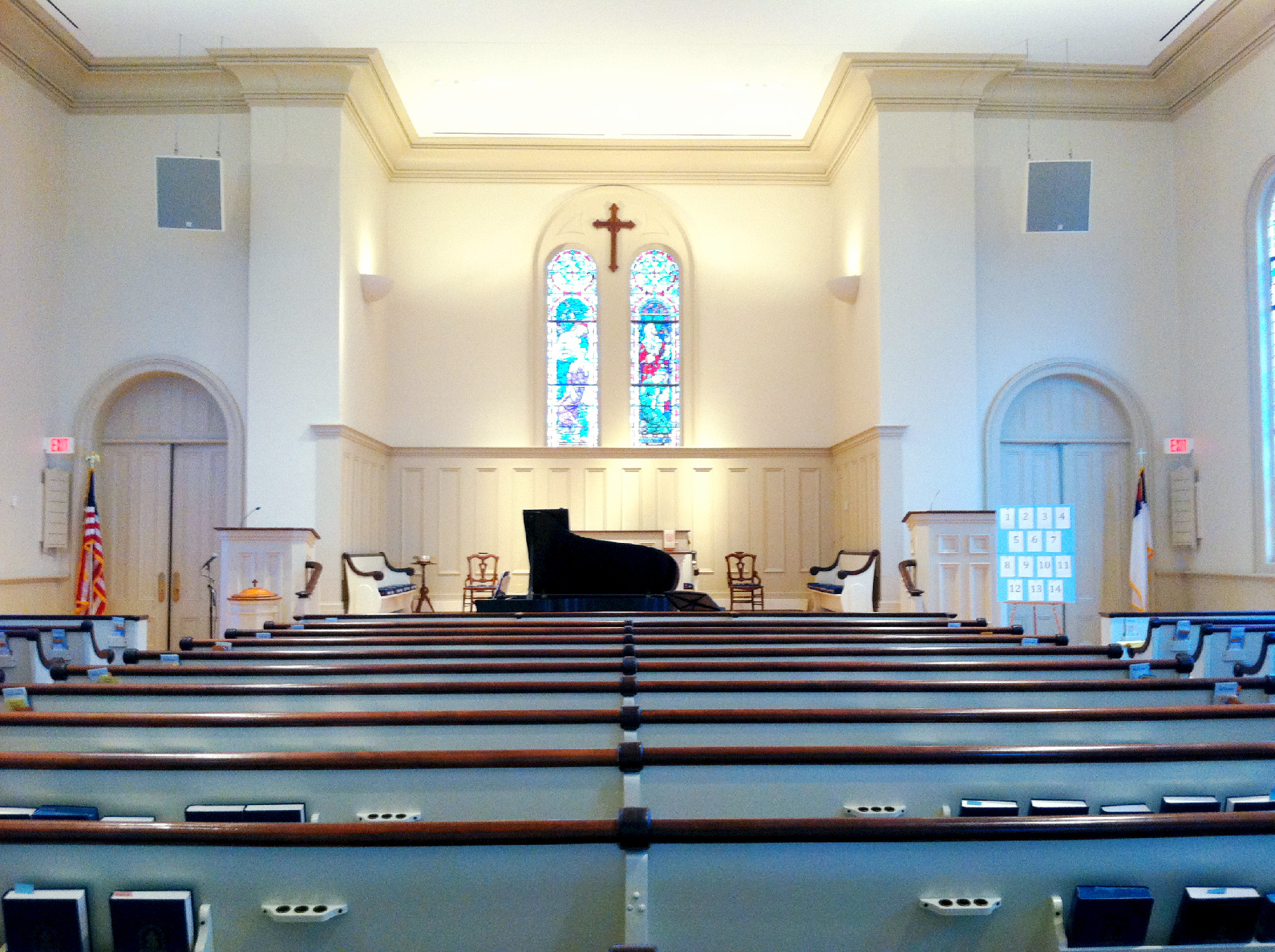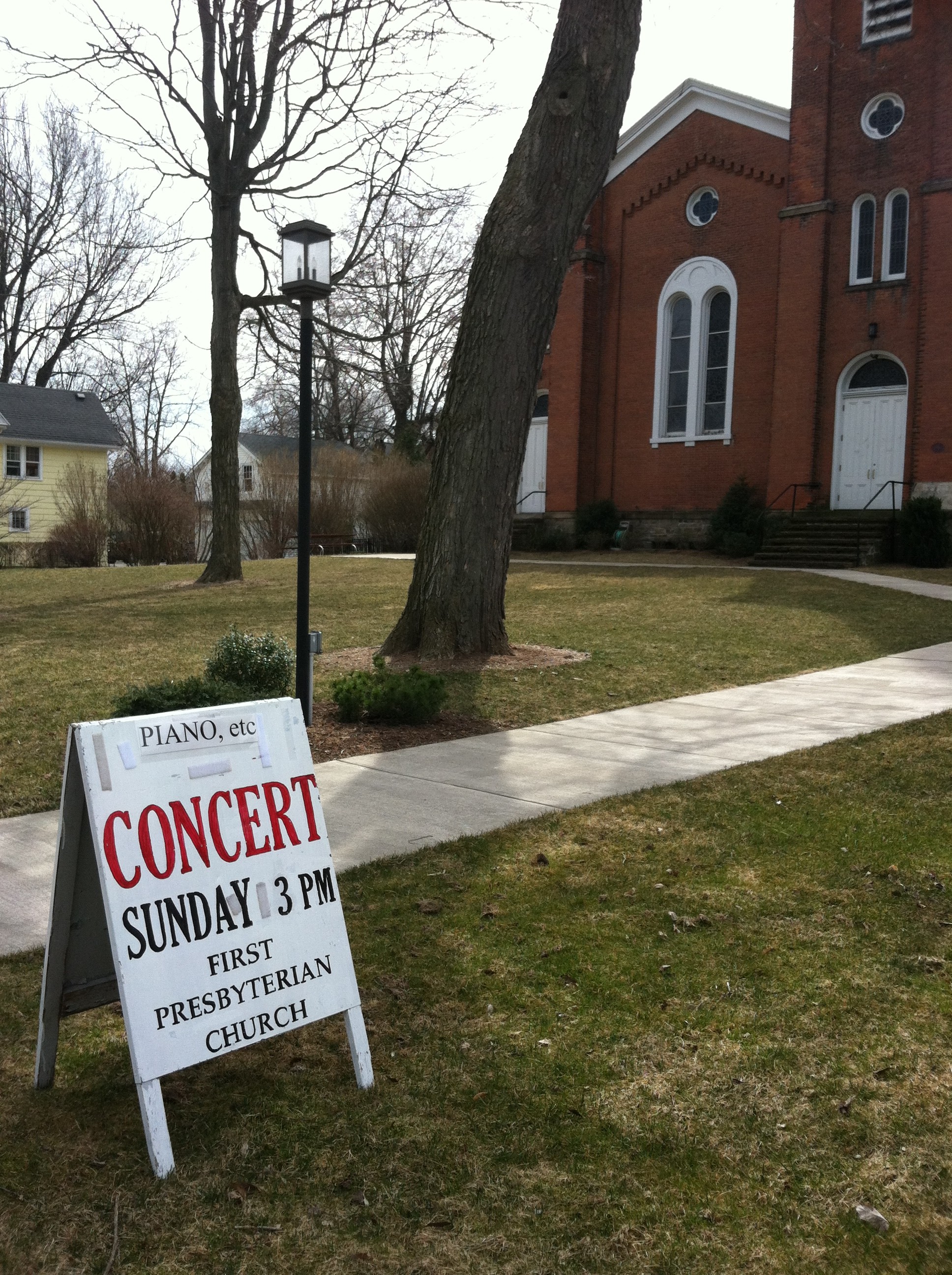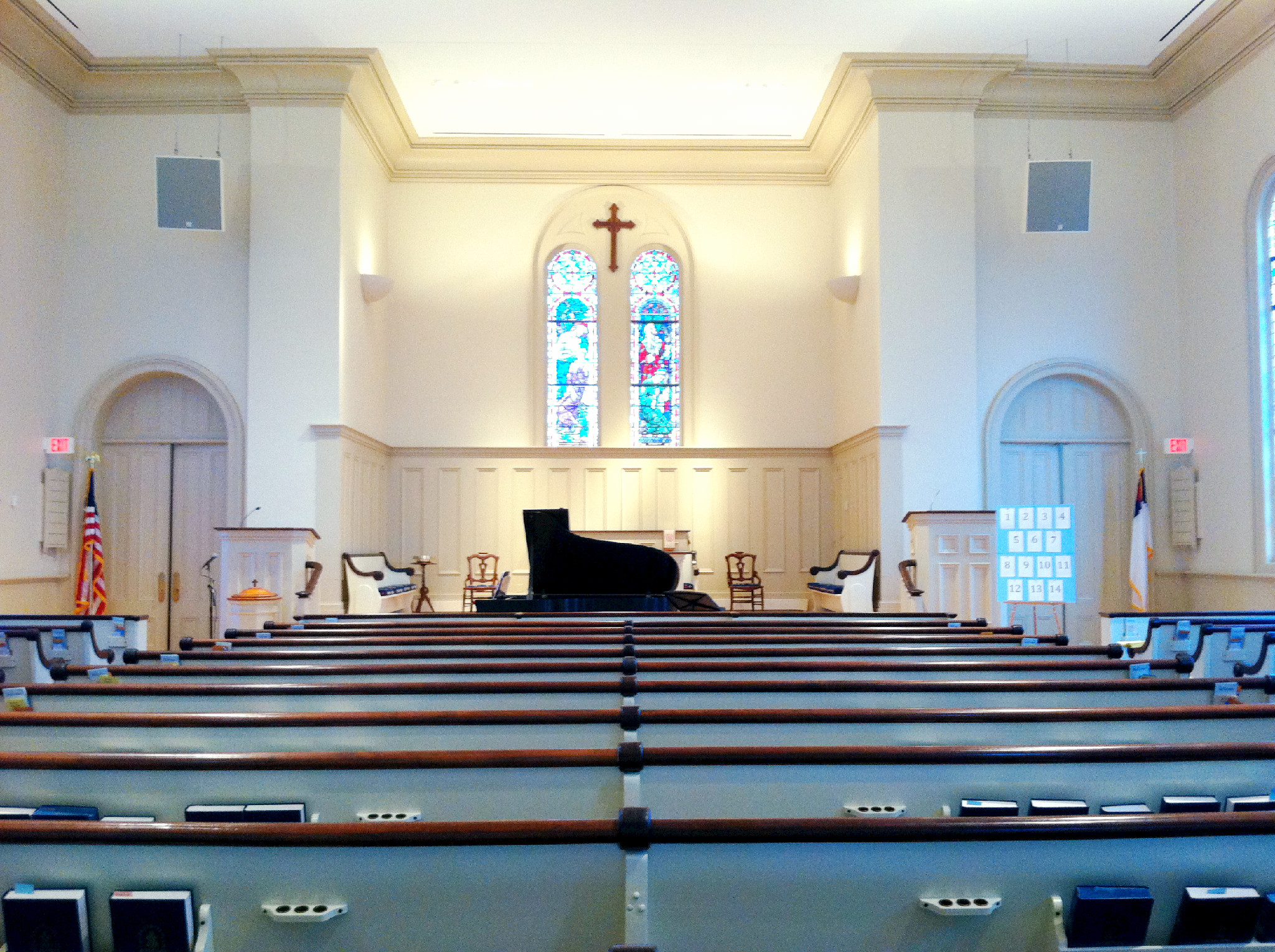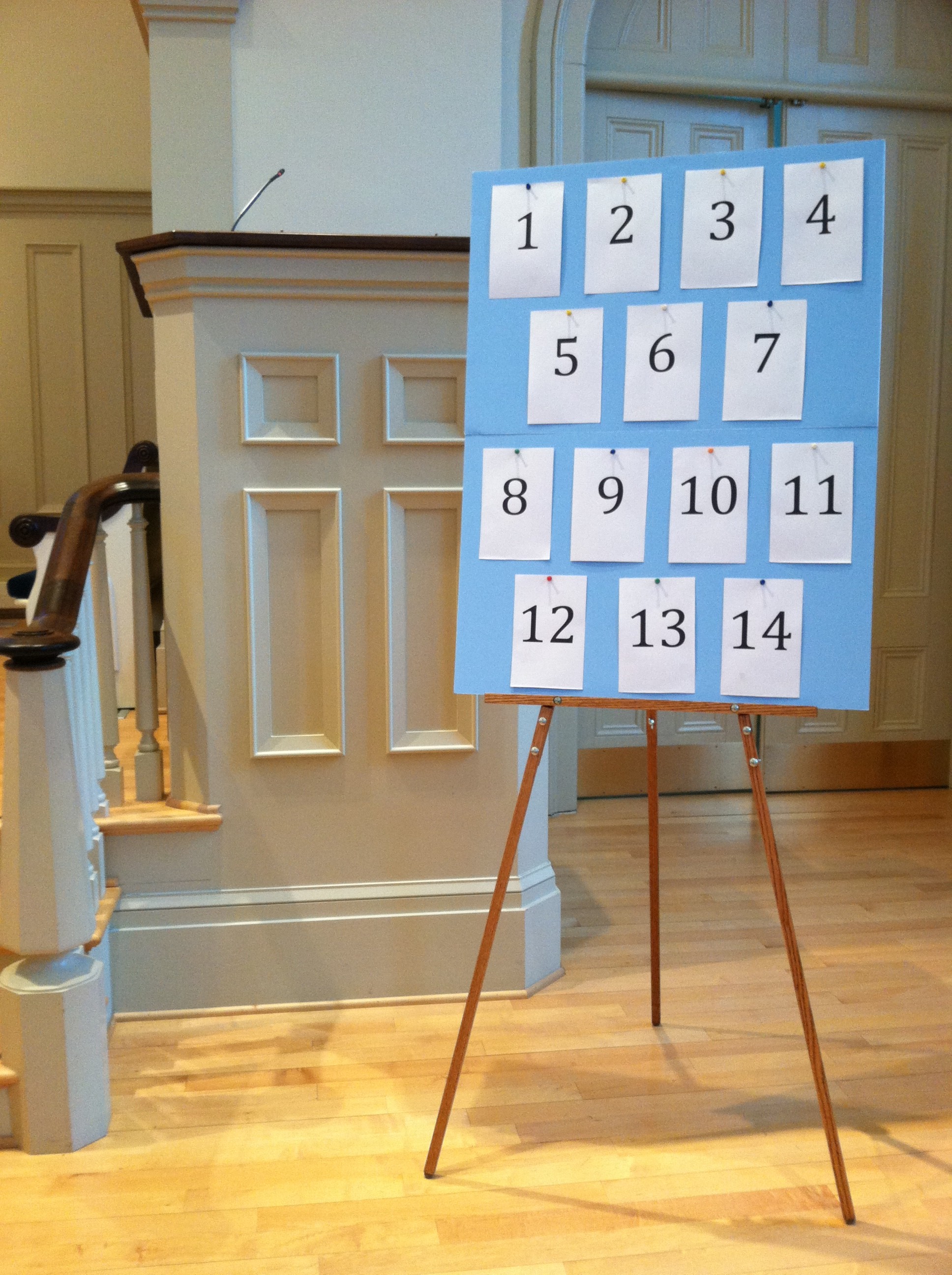 Image Credit: Nicholas Garofalo
Image Credit: Nicholas Garofalo
I feel so fortunate for the opportunity to create, build, and dream up new ideas and bring them to fruition. Steve and I truly love what we do and I’m so grateful for that. When it comes to the Westminster Chamber Music Workshop (we’re halfway through our second season now!), many have asked how we got started and why all of our events are free to the public. Together, Steve and I wrote a response on the WCMW blog last week and I thought I’d share some of our thoughts here, as well. Since this is a joint post, Steve’s comments will be in blue. Here we go!
We started the WCMW in 2011 (really, the fall of 2010) as a way to bring excellent musical experiences to Westminster and the surrounding communities. Soon after relocating to Westminster, we realized there was a need for concerts right here for anyone and everyone that wanted to experience them.
Our original plan for the WCMW included a parallel track for singers and instrumentalists in the area who wanted to experience chamber music first-hand. As such, our first season (June 20-25, 2011) featured a 16-person chamber choir, which rehearsed all week and performed our final concert. We also organized six special events for the community, ranging from a voice and piano recital to a trombone duo to an interactive game of musical memory.
We knew from the beginning that we wanted all of our events to be free and open to the public – not because we think music should be free and not because the people we had coming in were willing to perform or teach for free. Rather, because we wanted these musical experiences to be ACCESSIBLE to everyone, regardless of age, status, or ability to pay. Through the generous support of cultural council grants, local businesses, individuals, and a special grant through Fitchburg State University, we raised enough money to cover our administrative costs (printing, marketing, website, music, etc.) and pay our faculty and guest artists (six total).
People ask us all the time why we don’t charge “a little something” or put out a donation plate. Without expounding on this issue of whether free products/services devalue them (which is widely debated), let me say this – if one person attends an event of ours who wouldn’t have been able to pay admission, and what we do sparks an interest in them, moves them, makes an impact on them, then we have done our job. That person will go out and explore music, share it with others, spend money in the musical economy, and more.
This year, we adjusted the model to include four larger-scale concerts featuring ten excellent musicians. Our second season includes a different concert every weekend in May: a fiery jazz trio, our first-ever community sing, a dynamic saxophone quartet, and a classical string duo. Once again, each and every event is completely FREE to those who want to come. Yes, we’ve gotten some quizzical looks but we stand behind these words:
The mission of the WCMW is to provide opportunities for community members of all ages to come together and experience great music.
Once more, through the generosity and support of many friends, local businesses, and cultural councils, we are able to cover our costs and pay the musicians who are traveling in to present these concerts. Those who attend will get to experience this great music, free of charge, with the hope that they’ll go out and support music somewhere else in the greater community. It’s a gift that keeps on giving! As they say, pay it forward!
In conclusion, get out there! Perform more, attend concerts, be a good listener, support the arts, try new things, build relationships, create opportunities, and make music happen!
Ashley & Steve
See more:
WCMW: Behind the Scenes
Webinar: Making Concerts Happen Anywhere
2012 WCMW Schedule of Events













 Image Credit: Nicholas Garofalo
Image Credit: Nicholas Garofalo




